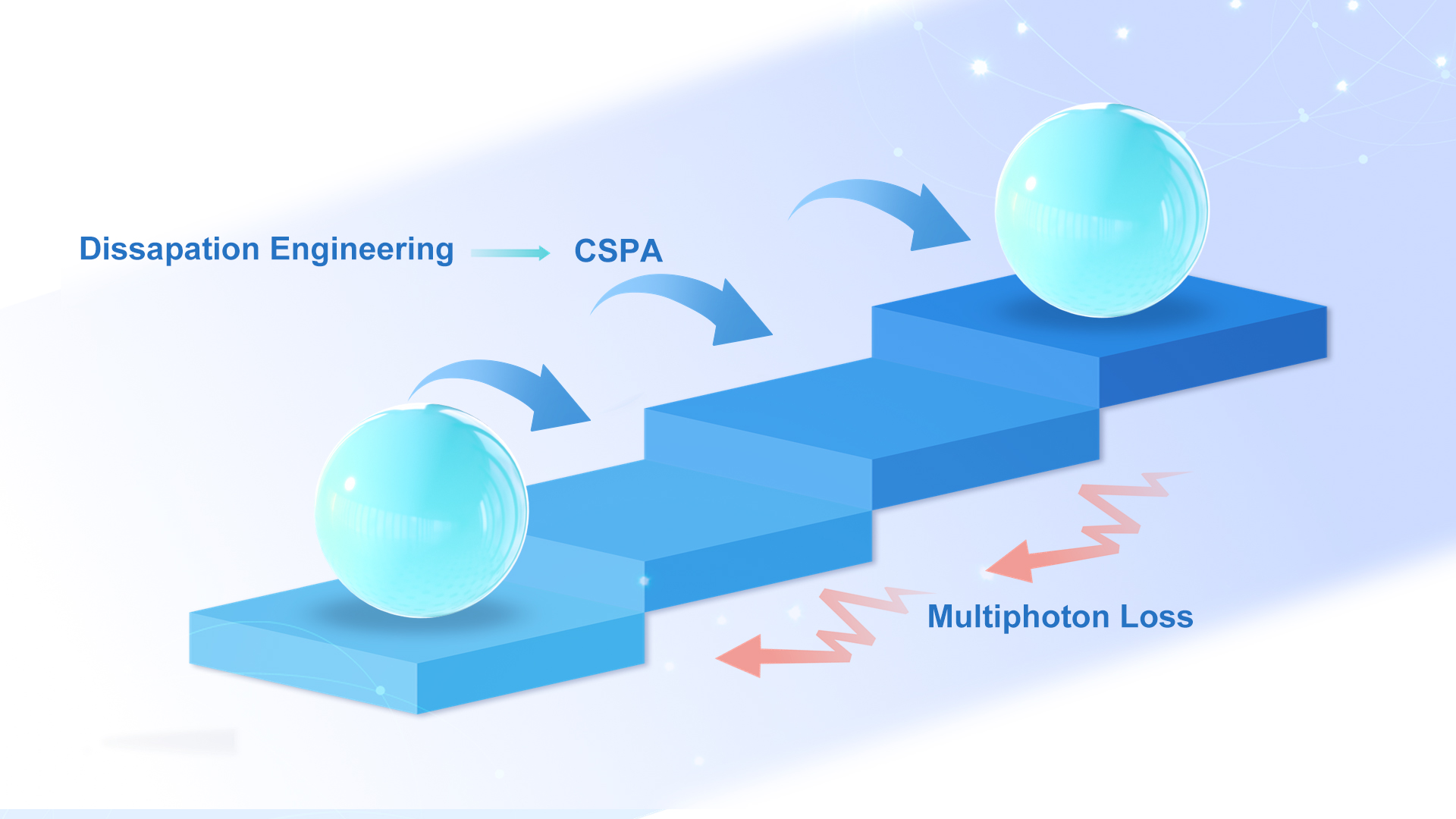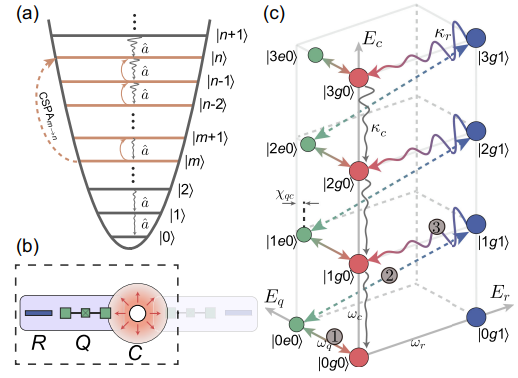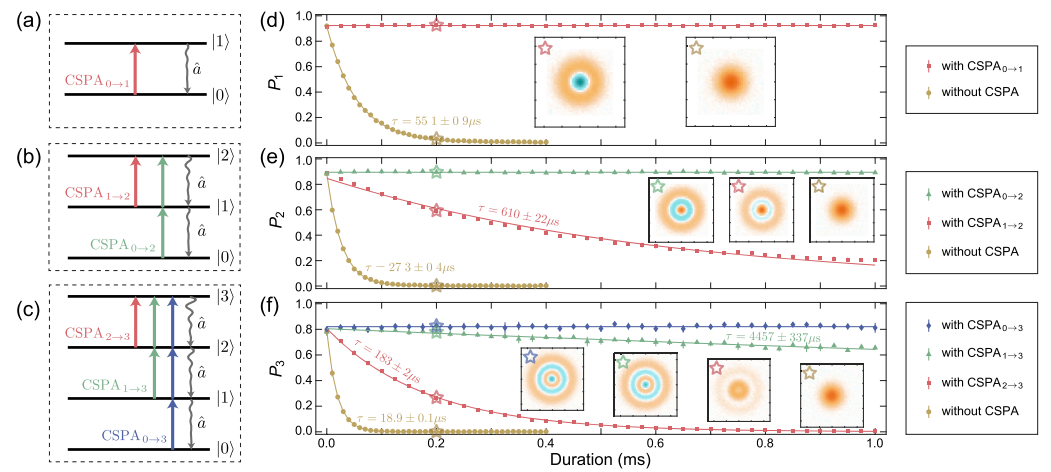In the field of quantum information processing with superconducting microwave resonators, Fock states are important nonclassical quantum states with a well-defined number of photons, which have shown a wide range of applications in quantum optics, quantum metrology, and quantum information science. However, the non-controllable coupling between the quantum states and the external dissipative environment will inevitably induce multiphoton loss errors during the process of quantum storage and quantum state manipulation, thus limiting the potential of Fock states for practical applications. How to correct multiphoton loss errors and protect the information of Fock states is currently an important challenge in this field.

Under the leadership of Chair Professor Dapeng Yu from the Shenzhen Institute for Quantum Science and Engineering (SIQSE) at the Southern University of Science and Technology (SUSTech), Researcher Yuan Xu and Associate Researcher Song Liu have made important experimental research progress in the field of quantum control of photon number Fock states using dissipation engineering method.
Their research findings, entitled “Autonomous Stabilization of Fock States in an Oscillator against Multiphoton Losses”, have been published in Physical Review Letter, one of the most prestigious journals in physics.

Figure 1. Schematic of implementing the cascaded selective photon-addition operation
In this work, the research team successfully corrected the multiphoton loss errors of Fock states by cleverly constructing a cascaded selective photon-addition (CSPA) operation in the superconducting quantum circuit system. This operation is implemented by coupling an ancillary superconducting qubit to both a storage cavity and a dissipative microwave cavity.
By applying two sets of continuous-wave frequency combs to transfer the photon loss error information in the storage cavity to the dissipative environment, the multiphoton Fock state is autonomously generated and stabilized for a long time. Experimental results show that this dissipative engineering method can effectively correct the multiphoton loss errors, and stabilize multiphoton Fock states for a long time of about 10 ms. In addition, the researchers experimentally demonstrated a non-unitary reset quantum operation for a binomially-encoded logical qubit using this developed dissipative engineering method.
This innovative research achievement has developed a new method of quantum control based on dissipation engineering, which is not only applicable to optical and microwave photons and mechanical and acoustic wave phonons, but is also expected to play an important role in the future study of quantum optics, quantum metrology, and quantum error correction.

Figure 2. Experimental results for correcting multiphoton loss errors using dissipation engineering method
Sai Li, a visiting student of SIQSE, and Zhongchu Ni, a doctoral student at SUSTech, are the co-first authors of the paper. Researcher Yuan Xu and Associate Researcher Song Liu are the corresponding authors, and Chair Professor Dapeng Yu is the final author. The SIQSE of SUSTech is the first affiliated unit of the paper.
This research work was supported by the National Natural Science Foundation of China (NSFC), Guangdong Provincial Key Laboratory, Shenzhen Science and Technology Innovation Commission, and SUSTech.
Paper link: https://journals.aps.org/prl/abstract/10.1103/PhysRevLett.132.203602
To read all stories about SUSTech science, subscribe to the monthly SUSTech Newsletter.
Proofread ByAdrian Cremin, Yingying XIA
Photo ByShenzhen Institute for Quantum Science and Engineering